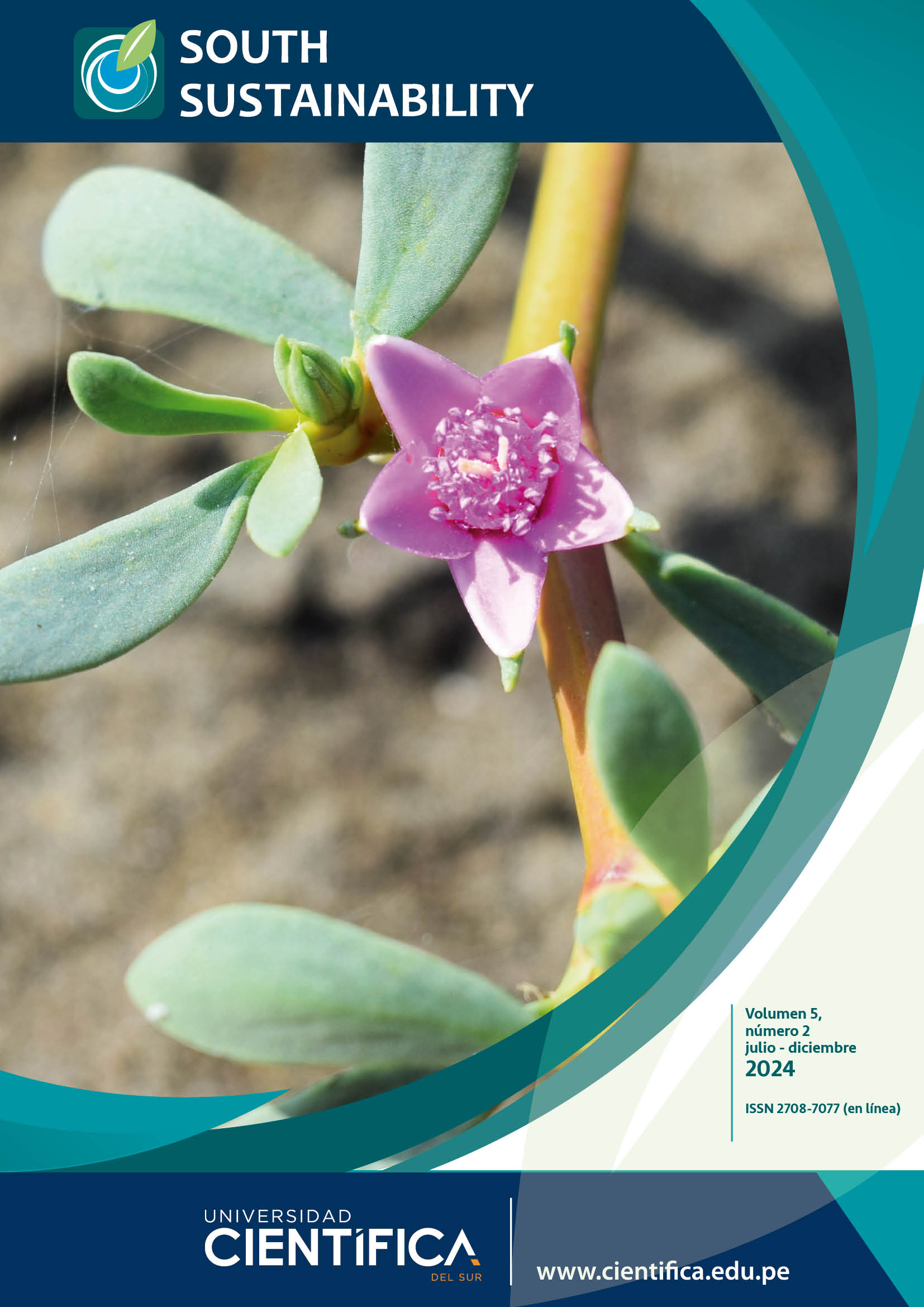Potential effects of the presence of hydrocarbons on marine macroalgae of ecological and commercial importance
DOI:
https://doi.org/10.21142/SS-0502-2024-e110Keywords:
Seaweeds, oil industry, oil spill, growth inhibition, bioindicatorsAbstract
Seaweed harvesting is an important economic activity in several coastal regions of Peru, providing an income for artisanal fishermen and their families. Several species of brown and red seaweeds are harvested in areas with high anthropogenic influence or with the potential to be polluted by oil spills, resulting in a decline in their reproductive and photosynthetic capacities. In this context, it is essential to conduct short-term studies on the metabolic processes of seaweeds regarding hydrocarbon capture, and implement measures that regulate indiscriminate oil discharges in coastal areas where seaweeds are harvested for processing and local human consumption.
Downloads
Published
Issue
Section
License
Copyright (c) 2024 Max Castañeda Franco, Arturo Mires Reyes, Paul Baltazar

This work is licensed under a Creative Commons Attribution 4.0 International License.













